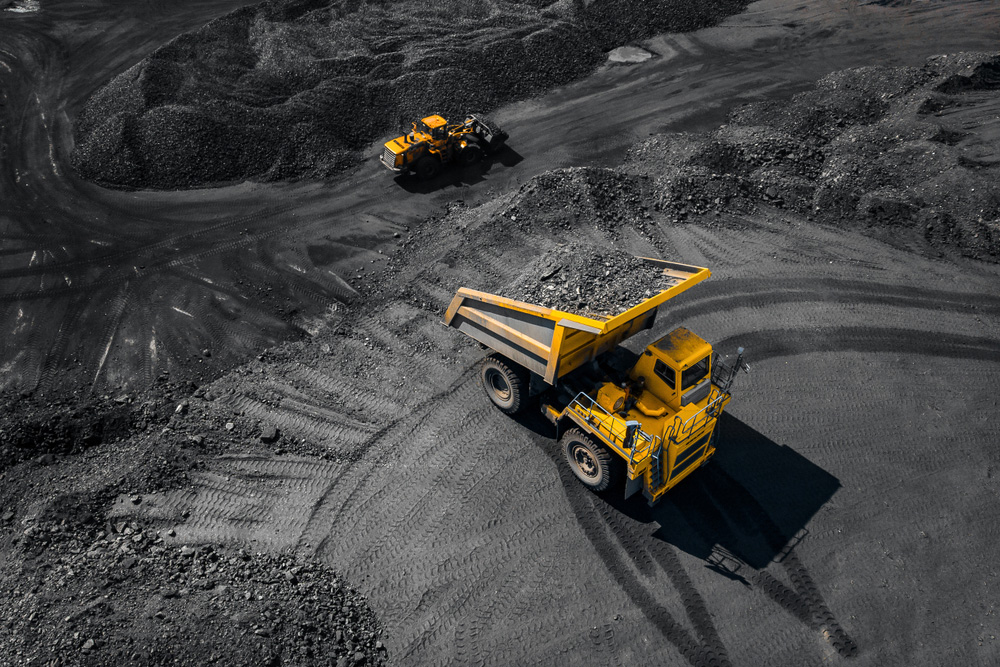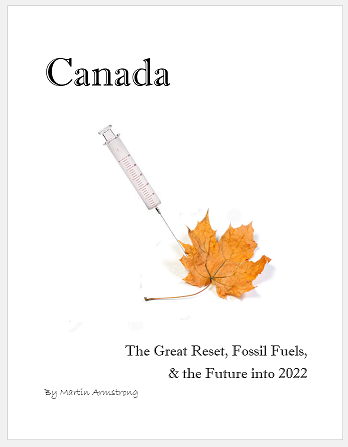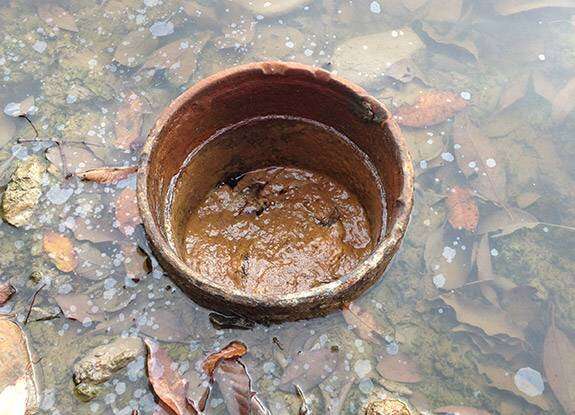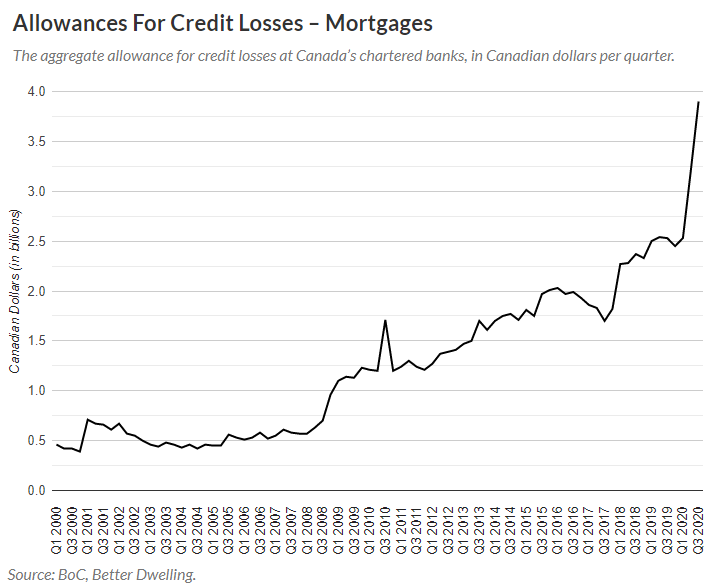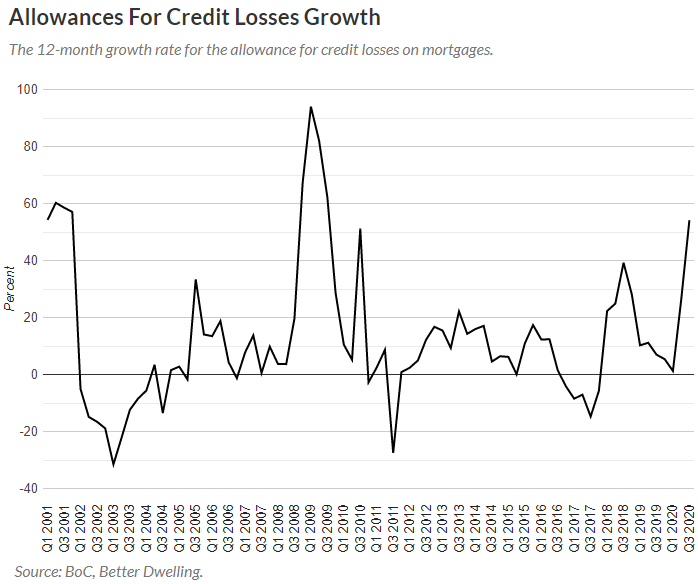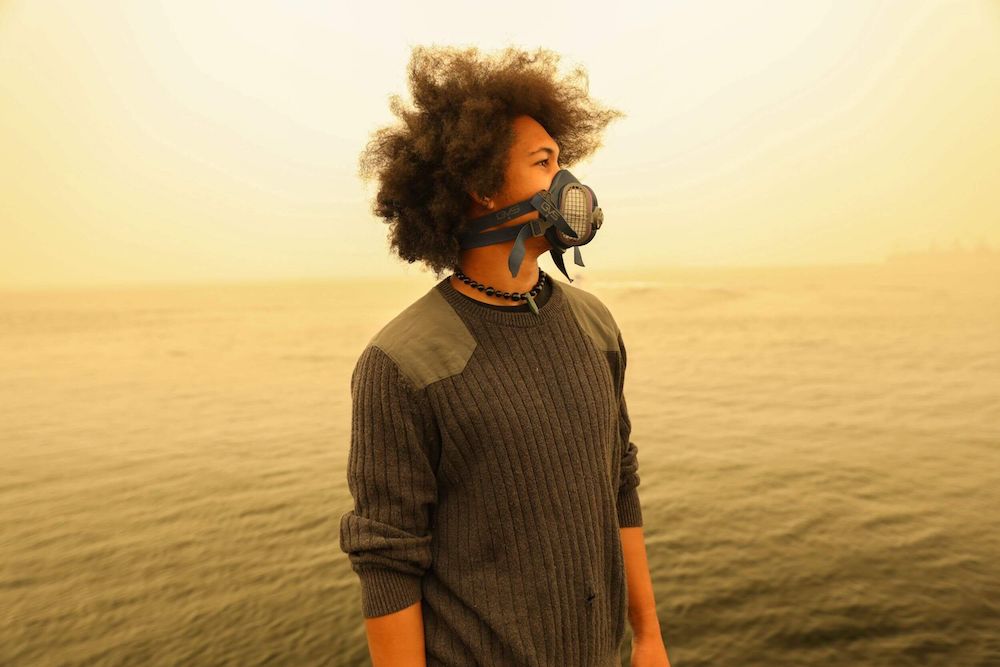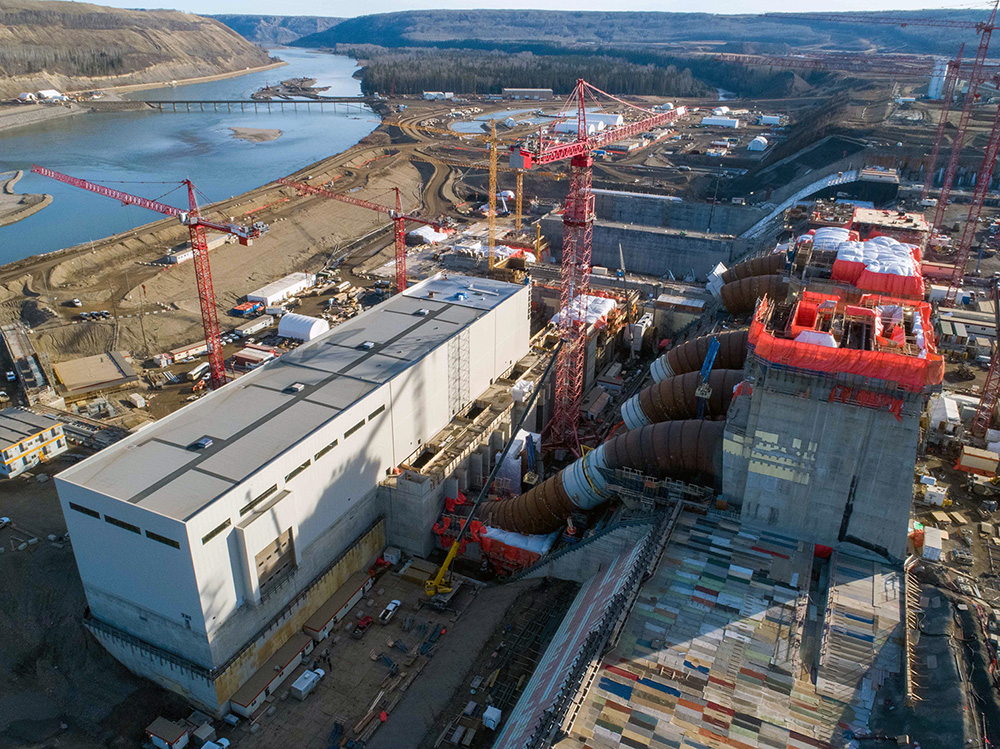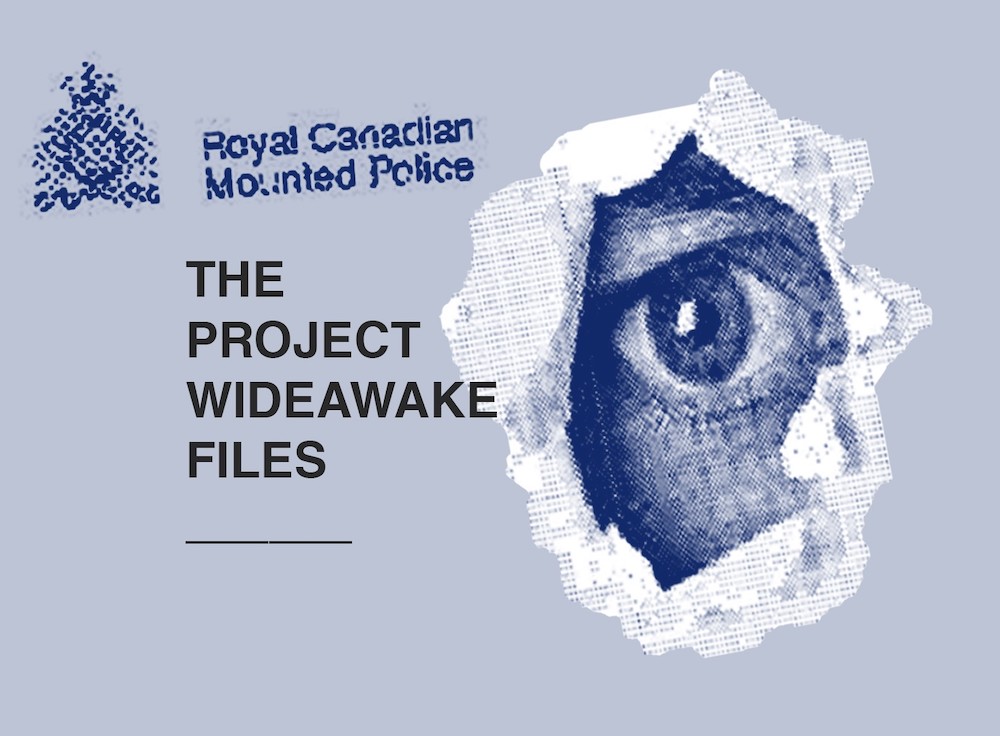As major oil and gas producers and exporters, Norway and Canada share a particular responsibility for confronting the planet’s existential climate threat. However, their different political, economic and cultural features have resulted in major differences in their climate policy track records.
Overall, Norway is a leader on climate change performance and Canada is a laggard. The 2021 Climate Change Performance Index ranks 61 countries on their progress in reducing greenhouse gas emissions, energy consumption, renewable energies and climate policy. Norway ranked eighth overall, while Canada was near the bottom in 58th place.
Both countries face epic challenges in weaning themselves from petroleum dependence — and putting an end to exporting carbon emissions. Canada is a long way from winding down the oil and gas industry and implementing a green and inclusive recovery.
One of the advantages Norway holds is the high degree of equality and inclusivity in the policy process, which translates into a healthier democracy than Canada’s. This is something Canada can learn from and improve upon.
Canada produces 4.7 million barrels of oil per day — 80 per cent of it from Alberta — and exports 79 per cent to the United States. The carbon emissions from the consumption of those fossil fuel exports are almost four times greater than the emissions produced in their extraction and processing. These emissions aren’t attributed to Canada, even though it’s responsible for making them available.
Norway produces 1.7 million barrels of oil daily and, since the country runs mainly on hydroelectricity, exports almost all of it, largely to Western Europe. Norway exports 10 times more emissions than it produces domestically.
Norway’s exit ramp from oil dependence is bumpy. Despite some contradictory climate actions, Norway’s progress exceeds that of virtually all petrostates, with Canada trailing behind.
…click on the above link to read the rest of the article…





